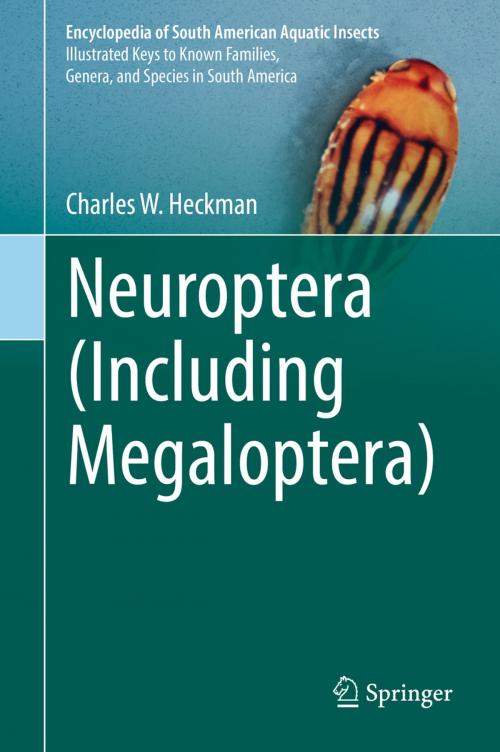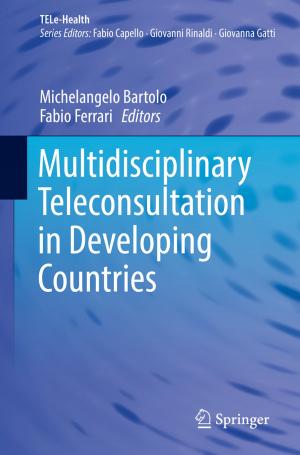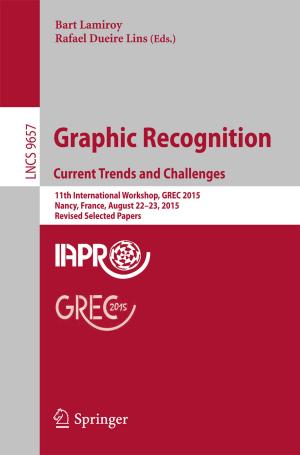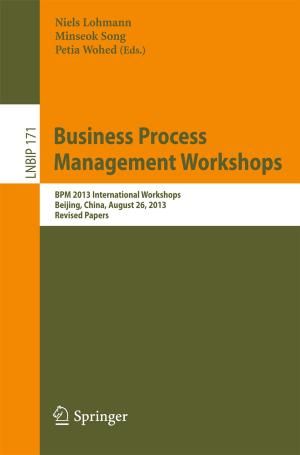Neuroptera (Including Megaloptera)
Nonfiction, Science & Nature, Science, Biological Sciences, Entomology, Ecology| Author: | Charles W. Heckman | ISBN: | 9783319351254 |
| Publisher: | Springer International Publishing | Publication: | April 18, 2017 |
| Imprint: | Springer | Language: | English |
| Author: | Charles W. Heckman |
| ISBN: | 9783319351254 |
| Publisher: | Springer International Publishing |
| Publication: | April 18, 2017 |
| Imprint: | Springer |
| Language: | English |
This order once encompassed all insects with a complex network of wing veins, regardless of whether their metamorphosis was incomplete or complete. By the early 20th century, most of the species had been transferred to new orders, leaving only a small percentage of the insects once assigned to the Neuroptera remaining in that order. By the second half of the 20th century, some of the taxonomists began to believe that the fragmentation of this order had gone too far, and that the order Megaloptera needed to be grouped in some way with Neuroptera, either by making them suborders of the same order or by creating a superorder to accommodate both.
This volume provides a discussion of both taxa, tentatively regrouping both in the order Neuroptera. While all known species of Megaloptera in South America have completely aquatic larval stages, few species in the suborder Planipennia, formerly called Neuroptera sensu stricto, are aquatic during any of their life stages. The most interesting of the exceptions are species in the family Sisyridae, some of which develop as larvae inside freshwater sponges.
Because only a relatively small number of species are still included in Neuroptera sensu lato, this book provides keys to all known South American species that have been described well enough to be identified with any degree of certainty. Many species in the family Chloropidae, the neuropteran family with the greatest number of recognized species in South America, have proven to be valuable as biological controls for insect pests in agriculture. Their importance for tropical agriculture is another reason for including terrestrial species in this book.
The series will continue with volumes providing keys to identify species of other South American orders, but in most cases, only aquatic insects can be included in the keys to the species.
This order once encompassed all insects with a complex network of wing veins, regardless of whether their metamorphosis was incomplete or complete. By the early 20th century, most of the species had been transferred to new orders, leaving only a small percentage of the insects once assigned to the Neuroptera remaining in that order. By the second half of the 20th century, some of the taxonomists began to believe that the fragmentation of this order had gone too far, and that the order Megaloptera needed to be grouped in some way with Neuroptera, either by making them suborders of the same order or by creating a superorder to accommodate both.
This volume provides a discussion of both taxa, tentatively regrouping both in the order Neuroptera. While all known species of Megaloptera in South America have completely aquatic larval stages, few species in the suborder Planipennia, formerly called Neuroptera sensu stricto, are aquatic during any of their life stages. The most interesting of the exceptions are species in the family Sisyridae, some of which develop as larvae inside freshwater sponges.
Because only a relatively small number of species are still included in Neuroptera sensu lato, this book provides keys to all known South American species that have been described well enough to be identified with any degree of certainty. Many species in the family Chloropidae, the neuropteran family with the greatest number of recognized species in South America, have proven to be valuable as biological controls for insect pests in agriculture. Their importance for tropical agriculture is another reason for including terrestrial species in this book.
The series will continue with volumes providing keys to identify species of other South American orders, but in most cases, only aquatic insects can be included in the keys to the species.















